Rumeli Hisarı is one of the most important historical structures in Istanbul. It was built to control the Istanbul Strait after the Ottoman Empire conquered Istanbul. The fortress, built in 1452, has maintained its importance even after the conquest of Istanbul. Today, Rumeli Hisarı, which is the focus of tourists' attention, fascinates visitors with its historical texture and magnificent view. The museum inside the fortress provides visitors with information about the history of the Ottoman Empire. In addition, the parks and walking paths around the fortress allow visitors to experience nature. Rumeli Hisarı is an important part of Istanbul's historical and cultural heritage and is one of the places that must be visited.
What You Need to Know About the History of Rumeli Hisarı
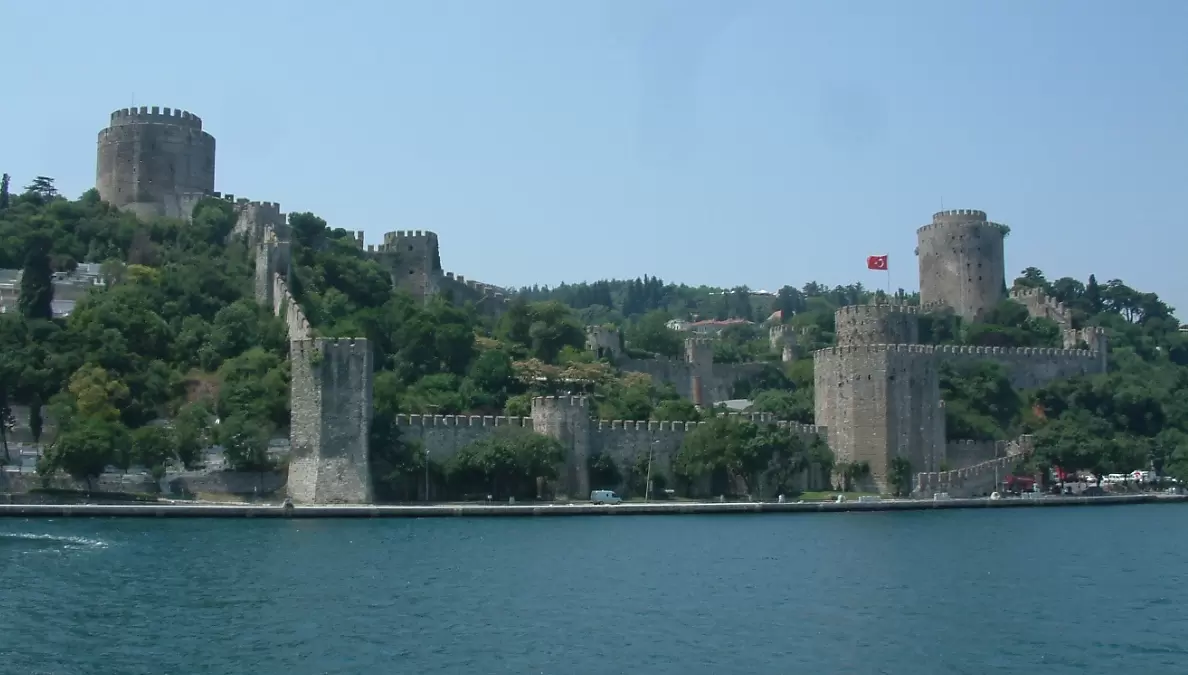
Rumeli Fortress, located on the European side of the Bosphorus in Istanbul, is an important historical structure built during the Ottoman Empire period. The fortress was built for the security of the Istanbul Strait after the conquest of Istanbul. The construction of the fortress, which began in 1451, was completed in 1452.
The construction of Rumeli Fortress was carried out by the order of II. Mehmed, one of the greatest sultans of the Ottoman Empire. The construction of the fortress was completed in just 4 months. The stones used in the construction of the fortress are some of the stones used in the conquest of Istanbul.
Rumeli Fortress is located at the narrowest point of the Istanbul Strait. The construction of the fortress was carried out to prevent the passage of ships used during the conquest of Istanbul. The techniques used during the construction of the fortress were quite advanced at that time. The walls of the fortress are 3 meters thick and 30 meters high.
Rumeli Fortress is one of the most important defense structures of the Ottoman Empire. The fortress was built to resist attacks from the Balkans to the Ottoman Empire. The construction of the fortress is an important symbol showing the power of the Ottoman Empire.
Today, Rumeli Fortress is one of the most important tourist attractions in Istanbul. The fortress offers visitors the opportunity to take a historical journey. The museum inside the fortress provides information about the history of the Ottoman Empire to visitors. In addition, the magnificent view of the Istanbul Strait can be seen from the terrace of the fortress.
Historical Walking Routes You Can Take in Rumeli Hisarı
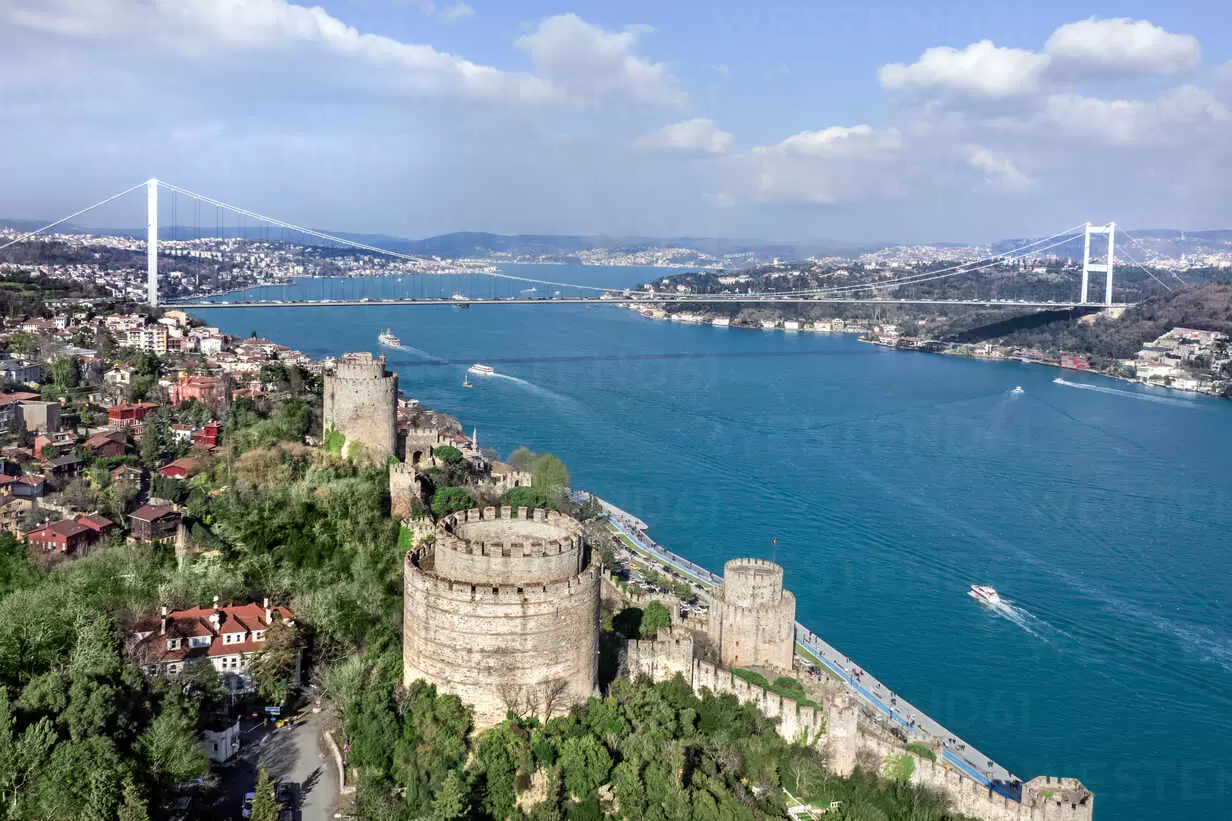
Rumeli Hisarı, one of the historical neighborhoods of Istanbul, is an important structure built during the Ottoman Empire period. Located on the European side of the Bosphorus, the fortress fascinates visitors with its historical texture and magnificent view. Historical walking routes that can be done in Rumeli Hisarı offer a very enjoyable experience for those interested in history.
The historical walking routes of Rumeli Hisarı allow you to explore the historical structures located inside and around the fortress. Our first route is an ideal option to explore the historical structures inside the fortress. Along this route, you can visit the historical structures inside the fortress. Among the historical structures inside the fortress are the throne room where Fatih Sultan Mehmet ascended the throne, the observation tower located at the highest point of the fortress, and the mosque located inside the fortress.
The second route is an ideal option to explore the historical structures around the fortress. Along this route, you can visit the historical structures around the fortress. Among the historical structures around the fortress are the Bosphorus Bridge, the oldest bridge of the Bosphorus, Anadolu Hisarı, and Kızkulesi.
The historical walking routes that can be done in Rumeli Hisarı fascinate visitors with its historical texture and magnificent view. To explore these routes that offer a very enjoyable experience for those interested in history, you can visit Rumeli Hisarı.
The Strategic Point of the Ottoman Empire: Rumeli Hisarı
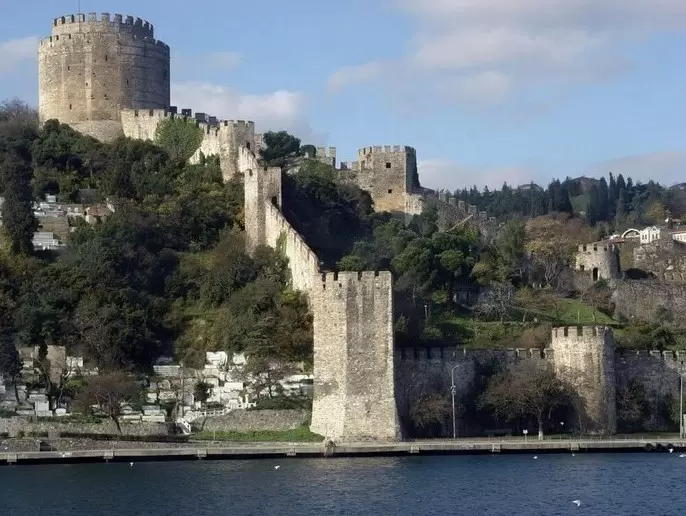
Rumeli Fortress, one of the most important strategic points of the Ottoman Empire, is located on the European side of the Istanbul Strait. Built by Fatih Sultan Mehmet in 1452, the fortress gained great importance for the Empire's defense strategy after the conquest of Istanbul.
Due to its location at the narrowest point of the Istanbul Strait, Rumeli Fortress provided a great advantage in terms of defense against the Empire's enemies. Additionally, the fortress was also used to protect the Empire's Balkan territories after the conquest of Istanbul.
The construction of the fortress was carried out by Müslihiddin, one of the most famous architects of the time. Consisting of two towers and three bastions, the fortress is one of the most important examples of Ottoman military architecture. Additionally, structures such as a mosque, bathhouse, and warehouses inside the fortress were also used for civilian purposes in addition to military purposes.
In addition to being one of the most important strategic points of the Ottoman Empire, Rumeli Fortress also has great historical significance. The fortress was used to protect the Empire's Balkan territories after the conquest of Istanbul and strengthened the Empire's presence in Europe.
Today, Rumeli Fortress is one of Istanbul's most important tourist attractions. Visitors can explore the fortress's historical and architectural features while enjoying the magnificent view of the Istanbul Strait. As one of the Ottoman Empire's strategic points, Rumeli Fortress has great historical and cultural significance.
Architectural Features and Historical Value of Rumeli Hisarı
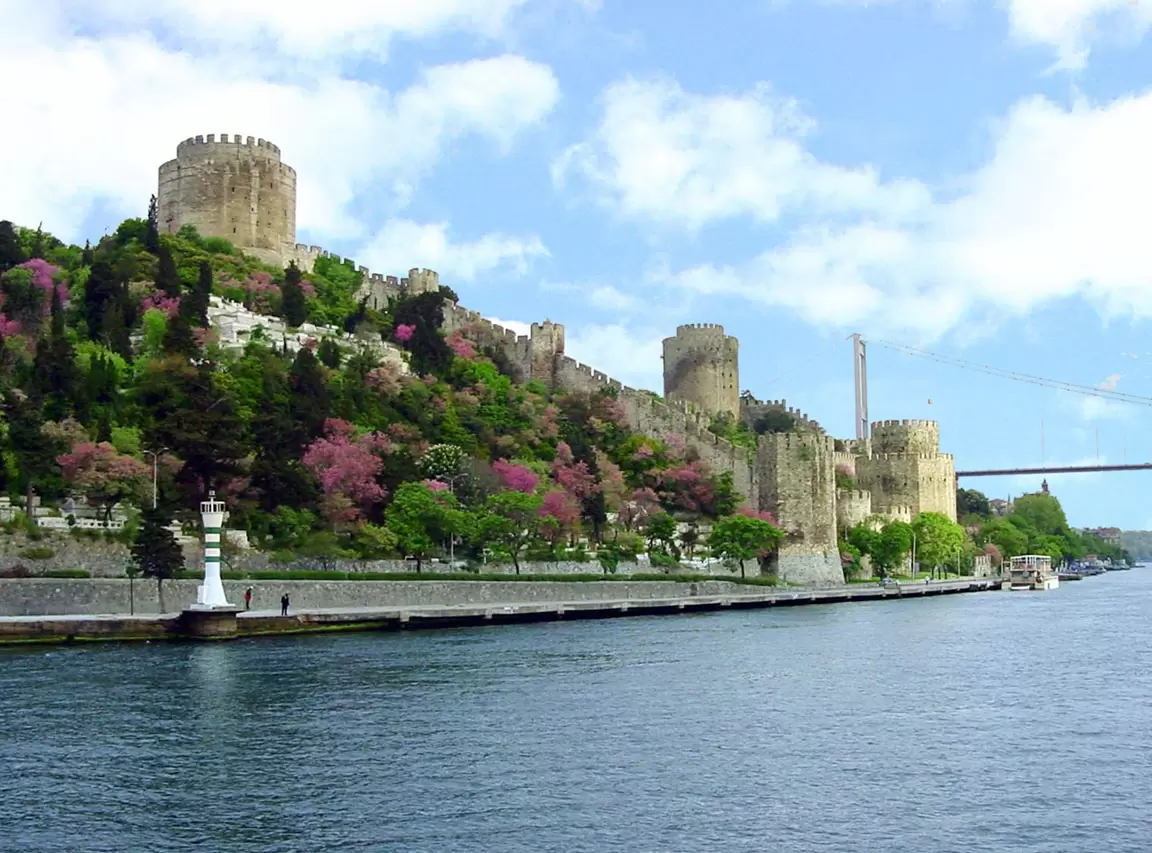
Rumeli Fortress, located on the European side of Istanbul's Bosphorus, was built after the Ottoman Empire conquered Istanbul in the 15th century. Construction of the fortress began in 1451 and was completed in 1452. It is one of Istanbul's most important historical structures due to its architectural features and historical value.
Rumeli Fortress is a structure that is 250 meters long and 23 meters high. There are round towers at the four corners of the square-shaped fortress. There are many structures inside the fortress, including depots, kitchens, water wells, and a mosque used for military purposes. One of the most important features of the fortress is that it is one of the best examples of the Ottoman Empire's military technology and defense strategies.
Rumeli Fortress was built after the Ottoman Empire conquered Istanbul. The purpose of the fortress was to control the Bosphorus and defend Istanbul. The construction of the fortress is one of the best examples of the Ottoman Empire's military technology and defense strategies. The materials used during the construction of the fortress include stone, brick, and wood.
The historical value of Rumeli Fortress is that it was built after the Ottoman Empire conquered Istanbul. The fortress is one of the best examples of the Ottoman Empire's military technology and defense strategies. Additionally, the materials used during the construction of the fortress and its architectural features are some of the best examples of the Ottoman Empire's architectural tradition.
In conclusion, Rumeli Fortress is one of Istanbul's most important historical structures. Its architectural features and historical value are some of the best examples of the Ottoman Empire's military technology and defense strategies. The materials used during the construction of the fortress and its architectural features are some of the best examples of the Ottoman Empire's architectural tradition.
Ways to Connect with the Past in Rumeli Hisarı
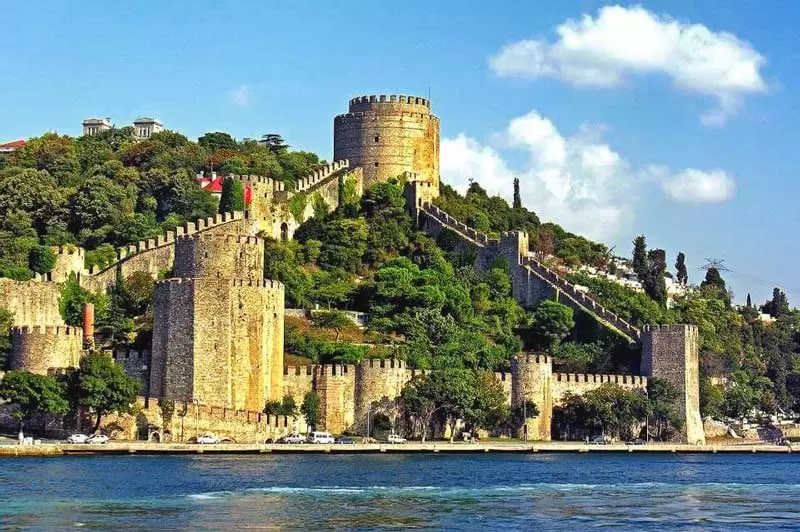
Rumeli Fortress, one of the most important historical structures of Istanbul, is located on the European side of the Bosphorus. The fortress, built during the Ottoman Empire's conquest, has strategic importance for the conquest of Istanbul. Today, it has become a focus of interest for tourists.
Rumeli Fortress offers visitors the opportunity to connect with the past through its historical texture and architecture. The museum inside the fortress tells visitors about the events that took place during the Ottoman Empire's conquest. In addition, the inscriptions and writings on the walls of the fortress provide historical information.
The garden of Rumeli Fortress allows visitors to feel the historical atmosphere. The fountains in the garden are beautiful examples of Ottoman architecture. In addition, the café in the garden allows visitors to relax and feel the historical atmosphere.
One of the most important features of Rumeli Fortress is its view. The observation terrace on top of the fortress offers visitors the magnificent view of Istanbul. The beauty of the Bosphorus, combined with the historical texture of the fortress, provides visitors with an unforgettable experience.
In conclusion, Rumeli Fortress is an important structure reflecting the historical texture of Istanbul. Visitors can connect with the past through the museum, garden, and observation terrace inside the fortress. In addition, the view of the fortress provides visitors with an unforgettable experience.

Comments